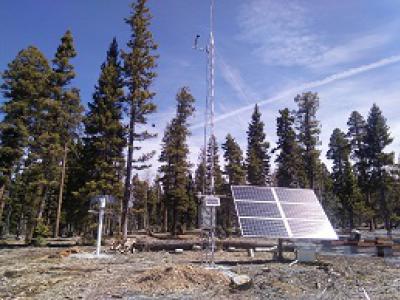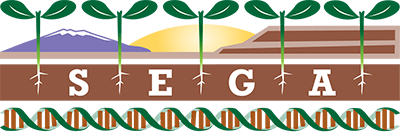You are here
Gardens

SEGA is a new genetics-based research platform that allows scientists to quantify the ecological and evolutionary responses of species to changing climate conditions. It consists of 10 core gardens in northern Arizona from desert grassland to mixed conifer forest. Moving down in elevation from site to site mimic climate change because temperature and moisture predictably change with elevation.
Researchers from diverse disciplines are using SEGA to quantify the ecological and evolutionary impacts of climate change on foundation plant species, their associated communities,native-exotic species interactions, and the ecosystem processes that emerge from these interactions.
With the ultimate goal of improving on-the-ground management to cope with environmental change, the SEGA gardens are sited on federal and private lands where stakeholders are interested in incorporating the best science into management actions. SEGA research findings are expected to :
(1) provide a scientific basis for the concept of assisted migration;
(2) identify drought-tolerant genotypes and source populations that perform best at a given location for current and expected future climatic conditions and buffer against loss of ecosystem function; and
(3) develop techniques for managing exotic species that have become especially invasive with climate change.
At each SEGA site the following infrastructure is available for researchers:
- Secured fenced exclosure: tall enough to keep out deer and elk, except at sites where the main grazers are cattle (Black Point, Little Colorado River, Soap Creek) where there is a lower (4.5 ft high) cattle fence
- Water supply
- Pressurized irrigation system
- Photo voltaic (PV) power – except at Bradshaw Ranch & The Arboretum Meadow & Forest sites, where there is APS power
- Weather station – a full NOAA standard weather station, which includes wind speed and direction, air temperature, humidity, PAR, precipitation (with a gauge that accurately measures frozen precip and adjusts for gusty/turbulent wind conditions).
- WiSARD environmental sensors which collect air temp, soil temp & moisture at two depths close to the met station & at various ‘sub-station’ monitoring locations at the site there are soil temperature and moisture probes. More can be added, where needed.
-
PHENOCAMS – collecting real time paired color and near infra red data, which is converted to NDVIs via the phenocam network project being run by Andrew Richardson: http://phenocam.sr.unh.edu/
Additionally, there are three cottonwood macrosystems common gardens included within SEGA. These sites lack the instrumentation of core SEGA sites, but include large numbers of cottonwood trees of known origin.
Theme by Danetsoft and Danang Probo Sayekti inspired by Maksimer
